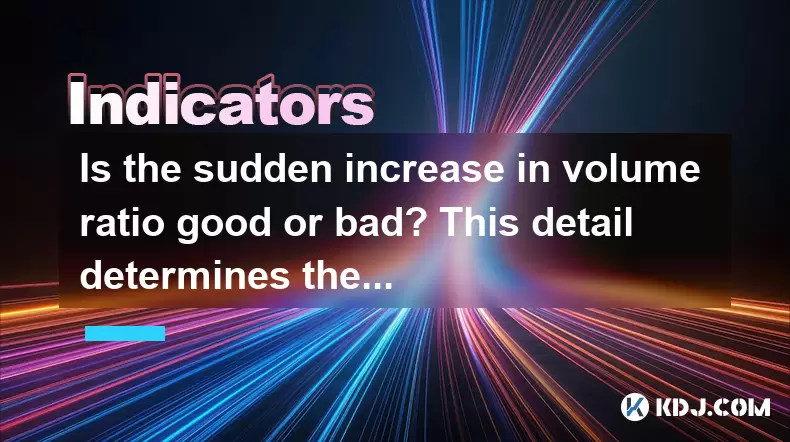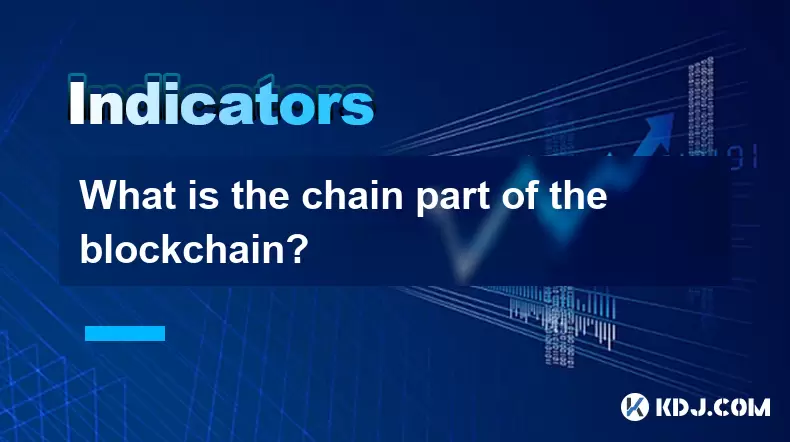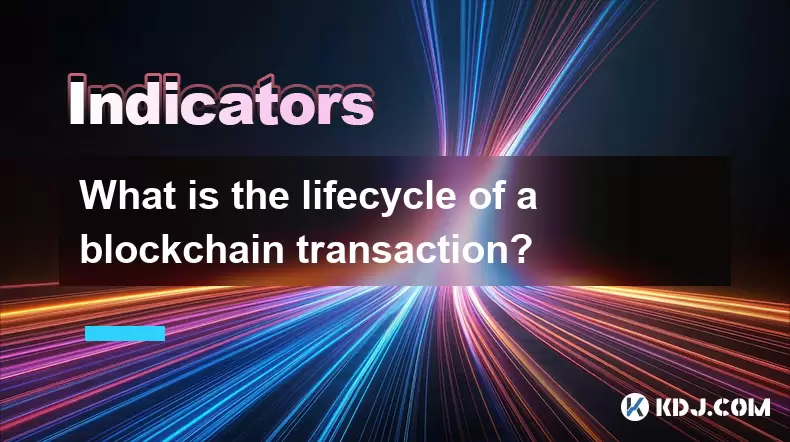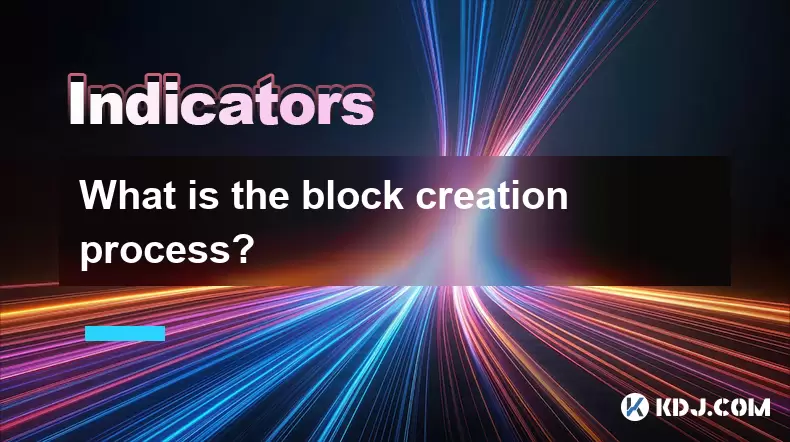-
 Bitcoin
Bitcoin $113900
-1.39% -
 Ethereum
Ethereum $3517
-4.15% -
 XRP
XRP $3.009
1.59% -
 Tether USDt
Tether USDt $0.9997
-0.04% -
 BNB
BNB $766.8
-1.41% -
 Solana
Solana $164.6
-2.38% -
 USDC
USDC $0.9998
-0.02% -
 TRON
TRON $0.3277
0.65% -
 Dogecoin
Dogecoin $0.2023
-1.67% -
 Cardano
Cardano $0.7246
0.05% -
 Hyperliquid
Hyperliquid $38.27
-4.77% -
 Sui
Sui $3.528
-0.52% -
 Stellar
Stellar $0.3890
-0.73% -
 Chainlink
Chainlink $16.16
-2.69% -
 Bitcoin Cash
Bitcoin Cash $539.9
-4.38% -
 Hedera
Hedera $0.2425
-2.00% -
 Avalanche
Avalanche $21.71
-0.97% -
 Toncoin
Toncoin $3.662
5.73% -
 Ethena USDe
Ethena USDe $1.000
-0.02% -
 UNUS SED LEO
UNUS SED LEO $8.964
0.35% -
 Litecoin
Litecoin $107.7
2.33% -
 Shiba Inu
Shiba Inu $0.00001223
-0.40% -
 Polkadot
Polkadot $3.617
-0.97% -
 Uniswap
Uniswap $9.052
-2.49% -
 Monero
Monero $295.1
-3.79% -
 Dai
Dai $0.9999
0.00% -
 Bitget Token
Bitget Token $4.315
-1.85% -
 Pepe
Pepe $0.00001060
0.11% -
 Cronos
Cronos $0.1342
-2.72% -
 Aave
Aave $256.0
-0.87%
Is the sudden increase in volume ratio good or bad? This detail determines the direction!
A sudden spike in a cryptocurrency's volume ratio often signals unusual trading activity, which may indicate strong market interest or potential price volatility.
Jun 12, 2025 at 01:43 am

Understanding the Volume Ratio in Cryptocurrency Trading
In cryptocurrency trading, the volume ratio is a critical metric that compares the volume of trades executed over a specific period to the average or historical volume. This ratio helps traders assess whether an asset is experiencing unusual activity. A sudden increase in the volume ratio often signals either strong interest from institutional players or significant market sentiment shifts.
For instance, if a particular cryptocurrency's 24-hour trading volume spikes to three times its usual level, the volume ratio would reflect this as a sharp upward movement. Traders closely monitor these changes because they can indicate potential breakouts or breakdowns in price.
The key takeaway here is that a high volume ratio doesn't inherently suggest bullish or bearish momentum—it depends on how it aligns with other technical indicators and market conditions.
Interpreting Sudden Increases in Volume Ratio
A sudden jump in the volume ratio can be interpreted in several ways depending on the context. If the surge occurs alongside a rapid price increase, it may indicate strong buying pressure and positive news influencing investor behavior. On the contrary, if the volume surges while the price remains flat or drops, it could point to panic selling or profit-taking by large holders.
It’s important to distinguish between organic volume increases and artificial ones. Some projects or whales manipulate trading volume through wash trading to create false impressions of liquidity or demand.
- Check price action: Determine whether the price moved significantly before or after the volume spike.
- Analyze chart patterns: Look for support/resistance breaks or candlestick formations around the time of the volume change.
- Verify exchange data: Use platforms like CoinGecko or CoinMarketCap that filter out fake volumes.
Traders should avoid making decisions based solely on volume ratios without cross-referencing with order book depth, open interest (especially for futures), and broader market sentiment.
How to Calculate the Volume Ratio
To calculate the volume ratio, you compare the current trading volume against the average volume over a defined lookback period. The standard formula used is:
Volume Ratio = Current Trading Volume / Average Trading Volume
Most traders use a 7-day or 30-day moving average as the baseline. For example, if the current 24-hour volume of a token is $10 million and its 30-day average is $5 million, the volume ratio becomes 2. This means the current volume is twice the average.
Here’s how to compute this manually or via a spreadsheet:
- Collect volume data: Obtain daily or hourly trading volumes from exchanges or APIs like Binance, Kraken, or CoinGecko.
- Calculate the average: Sum up the total volume over your chosen period and divide by the number of days.
- Compare current volume: Divide today’s volume by the calculated average to get the volume ratio.
Many charting tools such as TradingView allow users to add volume ratio indicators directly onto their charts, which simplifies real-time monitoring and analysis.
The Relationship Between Volume Ratio and Price Volatility
There is a strong correlation between volume ratio and price volatility in crypto markets. High volume typically precedes or accompanies significant price movements. When more participants are actively buying or selling, the imbalance in orders leads to larger price swings.
During bull runs, rising volume ratios often confirm the strength of the uptrend. In contrast, during bear phases, high volume combined with falling prices suggests capitulation among retail investors.
- High volume + rising price: Bullish confirmation, indicating accumulation.
- High volume + falling price: Bearish signal, indicating distribution or panic.
- Low volume + sideways movement: Lack of interest, likely consolidation phase.
Crypto traders often combine volume ratio analysis with volatility measures like the Average True Range (ATR) or Bollinger Bands to better anticipate breakout directions and magnitudes.
Using Volume Ratio in Different Market Conditions
The significance of a sudden increase in volume ratio varies across different market environments. During a trending market, a spike might simply reinforce the existing direction. However, during a ranging or consolidating phase, the same spike could signal an imminent breakout.
Traders also pay attention to how different cryptocurrencies respond to similar volume spikes. Altcoins often see exaggerated volume reactions compared to Bitcoin or Ethereum due to lower liquidity and higher speculative interest.
- In a bullish trend: A rising volume ratio supports continued upward momentum.
- In a bearish trend: A sudden spike in volume could mean further downside acceleration.
- In a sideways market: Watch for breakouts—high volume at resistance/support levels often confirms directional moves.
Experienced traders integrate volume ratio into their decision-making framework alongside other tools like moving averages, RSI divergences, and order flow analysis to improve accuracy.
Frequently Asked Questions
Q: Can a high volume ratio occur without any significant price movement?
Yes, especially when large orders are placed but canceled before execution, or when trading bots generate artificial volume. This phenomenon is common on low-liquidity pairs or less reputable exchanges.
Q: How does the volume ratio differ from raw trading volume?
Raw volume shows the total amount traded in USD or native tokens, whereas the volume ratio normalizes this value relative to historical averages, offering a clearer perspective on abnormal activity.
Q: Should I trust volume ratio data from all exchanges?
No. Many smaller exchanges inflate their reported volumes through wash trading or bot-generated transactions. Always cross-check using third-party analytics platforms or centralized exchange APIs for more reliable readings.
Q: Is there a standard threshold for what constitutes a "significant" volume ratio?
While there's no universal benchmark, many traders consider a volume ratio above 2–3 times the average as noteworthy. However, this can vary depending on the asset’s typical liquidity and market cap.
Disclaimer:info@kdj.com
The information provided is not trading advice. kdj.com does not assume any responsibility for any investments made based on the information provided in this article. Cryptocurrencies are highly volatile and it is highly recommended that you invest with caution after thorough research!
If you believe that the content used on this website infringes your copyright, please contact us immediately (info@kdj.com) and we will delete it promptly.
- Crypto Donations, Trump PAC, and Bitcoin: A New York Minute on Political Coin
- 2025-08-02 20:30:12
- Crypto Market Under Pressure: Bearish Momentum and Rising Volatility Take Hold
- 2025-08-02 20:30:12
- DeFi Token Summer Gains: Is Mutuum Finance the Real Deal?
- 2025-08-02 18:30:12
- Bitcoin, Realized Price, and the Top: Are We There Yet?
- 2025-08-02 18:30:12
- Dogwifhat (WIF) Rally: Will the Meme Coin Bite Back?
- 2025-08-02 19:10:12
- PayFi Heats Up: Tron's AMA Recap & TRX's Bullish Nasdaq Debut
- 2025-08-02 19:10:12
Related knowledge

Is it possible to alter or remove data from a blockchain?
Aug 02,2025 at 03:42pm
Understanding the Immutable Nature of BlockchainBlockchain technology is fundamentally designed to ensure data integrity and transparency through its ...

How do I use a blockchain explorer to view transactions?
Aug 02,2025 at 10:01pm
Understanding What a Blockchain Explorer IsA blockchain explorer is a web-based tool that allows users to view all transactions recorded on a blockcha...

What is the chain part of the blockchain?
Aug 02,2025 at 09:29pm
Understanding the Concept of 'Chain' in BlockchainThe term 'chain' in blockchain refers to the sequential and immutable linkage of data blocks that fo...

What is the lifecycle of a blockchain transaction?
Aug 01,2025 at 07:56pm
Initiation of a Blockchain TransactionA blockchain transaction begins when a user decides to transfer digital assets from one wallet to another. This ...

What is the block creation process?
Aug 02,2025 at 02:35am
Understanding the Block Creation Process in CryptocurrencyThe block creation process is a fundamental mechanism in blockchain networks that enables th...

How do I secure my private key?
Aug 01,2025 at 05:14pm
Understanding the Importance of Private Key SecurityYour private key is the most critical component of your cryptocurrency ownership. It is a cryptogr...

Is it possible to alter or remove data from a blockchain?
Aug 02,2025 at 03:42pm
Understanding the Immutable Nature of BlockchainBlockchain technology is fundamentally designed to ensure data integrity and transparency through its ...

How do I use a blockchain explorer to view transactions?
Aug 02,2025 at 10:01pm
Understanding What a Blockchain Explorer IsA blockchain explorer is a web-based tool that allows users to view all transactions recorded on a blockcha...

What is the chain part of the blockchain?
Aug 02,2025 at 09:29pm
Understanding the Concept of 'Chain' in BlockchainThe term 'chain' in blockchain refers to the sequential and immutable linkage of data blocks that fo...

What is the lifecycle of a blockchain transaction?
Aug 01,2025 at 07:56pm
Initiation of a Blockchain TransactionA blockchain transaction begins when a user decides to transfer digital assets from one wallet to another. This ...

What is the block creation process?
Aug 02,2025 at 02:35am
Understanding the Block Creation Process in CryptocurrencyThe block creation process is a fundamental mechanism in blockchain networks that enables th...

How do I secure my private key?
Aug 01,2025 at 05:14pm
Understanding the Importance of Private Key SecurityYour private key is the most critical component of your cryptocurrency ownership. It is a cryptogr...
See all articles

























































































